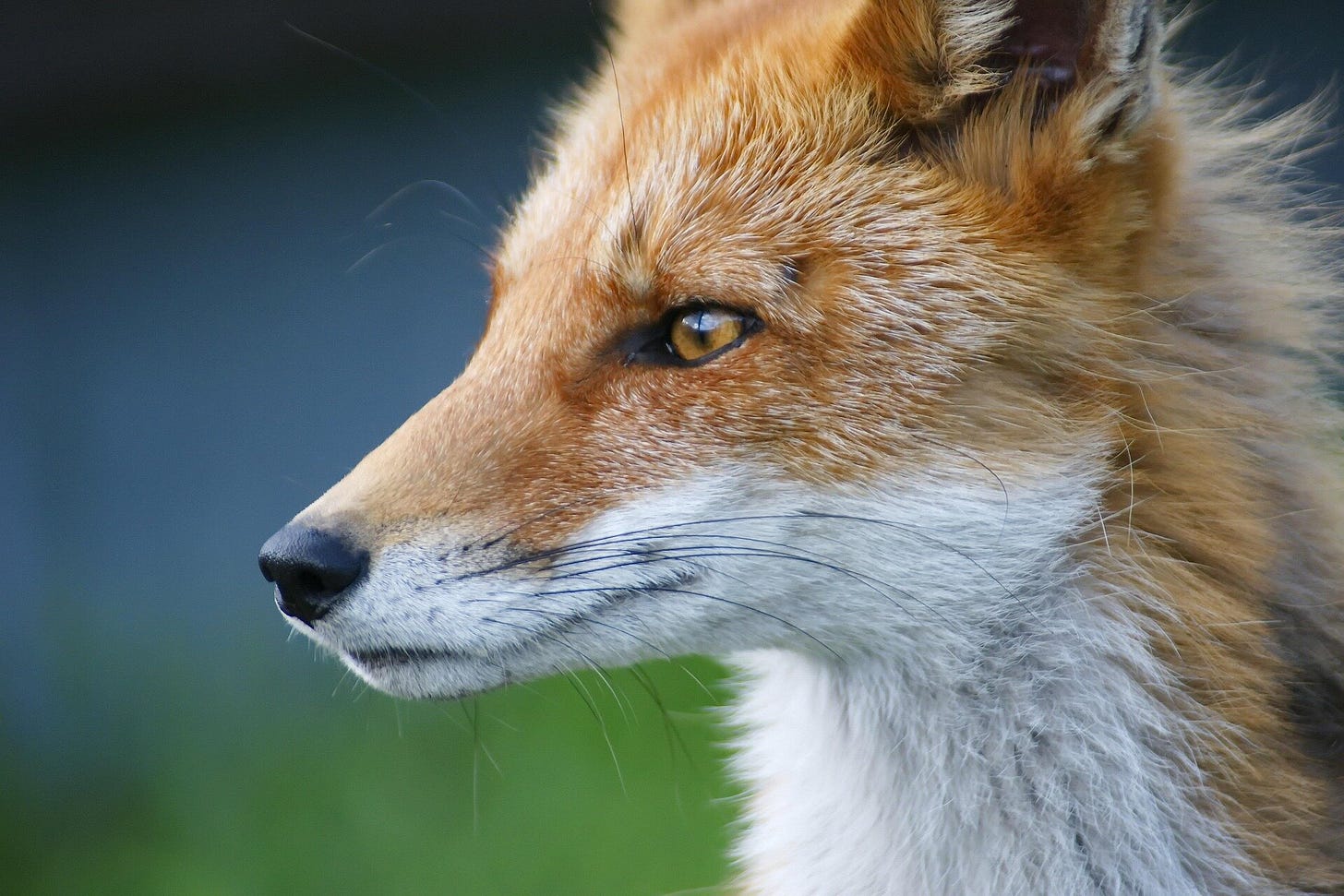
Between 45,000 and 29,000 years ago, early human activity not only altered landscapes but also reshaped the complex web of interactions between scavengers and prey. A recent study, published in Quaternary Science Reviews, suggests that the hunting behaviors of early Homo sapiens fundamentally changed the composition of scavenger guilds across Europe. Large predators, such as hyenas and cave lions, were gradually displaced, while smaller scavengers like foxes and birds thrived in human-dominated environments.
Humans during the Late Pleistocene did not exist in isolation; they were deeply embedded within intricate ecosystems. According to Dr. Chris Baumann of the Senckenberg Center for Human Evolution and Paleoenvironment,
“Early humans were integrated into a network of relationships with scavengers.”
This integration meant that human behaviors, particularly hunting practices, had far-reaching effects on other species.
While large carnivores like lions and hyenas primarily hunted their own prey, many also relied on scavenging. For these predators, human hunting initially provided an abundance of carrion. Over time, however, as humans became more adept hunters and protectors of their settlements, large scavengers were pushed out, leaving smaller, less-threatening species to thrive near human communities.
The research team, including Dr. Andrew W. Kandel from the University of Tübingen and Dr. Shumon T. Hussain from the University of Cologne, drew on a vast database of archaeological findings. The ROAD database, developed by the Role of Culture in Early Expansions of Humans (ROCEEH) project, contains data from over 2,400 prehistoric sites across Europe, Africa, and Asia. For this study, the researchers focused on zooarchaeological evidence—animal remains—from European sites inhabited by humans.
By analyzing this data, the researchers reconstructed the interplay between humans and scavengers during two key periods: 130,000–60,000 years ago and 45,000–29,000 years ago.
During the earlier period, between 130,000 and 60,000 years ago, scavenger communities coexisted more harmoniously with humans. Large predators benefited from human hunting by scavenging leftovers, while humans likely took steps to protect themselves and their food stores from these larger animals.
However, the dynamics shifted significantly after 45,000 years ago, coinciding with the arrival of modern humans (Homo sapiens) in Europe and the decline of Neanderthal populations. Humans developed more advanced hunting techniques, leading to an increase in available carrion. This abundance initially supported larger scavengers, but humans’ growing ability to control their environments gradually displaced these predators.
“Our analysis showed that during this period, large scavengers began to be displaced in favor of smaller species,” said Dr. Hussain.
Foxes, ravens, and other small scavengers benefited from proximity to human settlements. These animals posed little threat to humans and were likely tolerated, much like how modern urban environments support raccoons or urban foxes while excluding larger predators like wolves.
The study emphasizes how humans were not passive participants in the ecosystems of the Late Pleistocene—they actively shaped them. By hunting large quantities of prey, humans injected additional energy into the food web, creating new opportunities for some species while marginalizing others.
“Humans hunted so many animals that significantly more energy became available in the food web,” Dr. Baumann explained.
This shift likely triggered behavioral and evolutionary adaptations among scavenging species. Smaller scavengers evolved strategies to exploit human settlements, while larger predators adapted by avoiding areas dominated by humans.
These changes were not one-sided. As humans shaped the ecosystems around them, these ecosystems also influenced human evolution. The need to manage scavengers and protect food sources may have driven technological innovations, social structures, and the development of permanent settlements.
The researchers also noted that this dynamic may help explain the transition from Neanderthal to Homo sapiens dominance in Europe. The ability to control the landscape and its resources gave modern humans an edge in adapting to new environments.
This research underscores the profound impact humans have had on ecosystems, even tens of thousands of years ago. It highlights the interconnectedness of human activity and the natural world—a relationship that continues to shape the planet today.
As Dr. Hussain concluded,
“Humans helped shape ecosystems, which in turn may have influenced human evolution itself.”
-
**Stiner, M. C. (2002). “Carnivory, Coevolution, and the Geographic Spread of the Genus Homo.” Journal of Archaeological Research.
DOI: 10.1023/A:1014888726828 -
**Grayson, D. K., & Delpech, F. (2008). “Changes in Large Mammal Communities during the Upper Paleolithic in Europe.” Quaternary Research.
DOI: 10.1016/j.yqres.2008.04.002 -
**Morin, E. (2020). “Neanderthal Mobility and Large Carnivore Displacement.” Current Anthropology.
DOI: 10.1086/707860
This research provides new insights into how early humans acted as ecosystem engineers, shaping the relationships between species in ways that still resonate in modern ecosystems.







